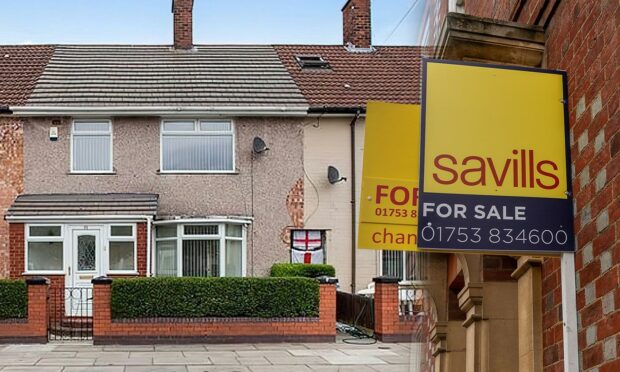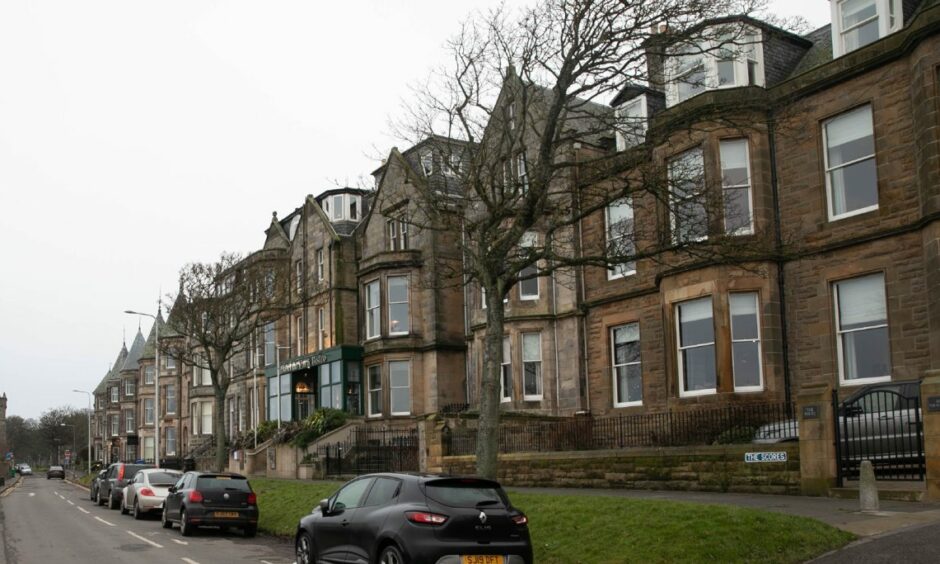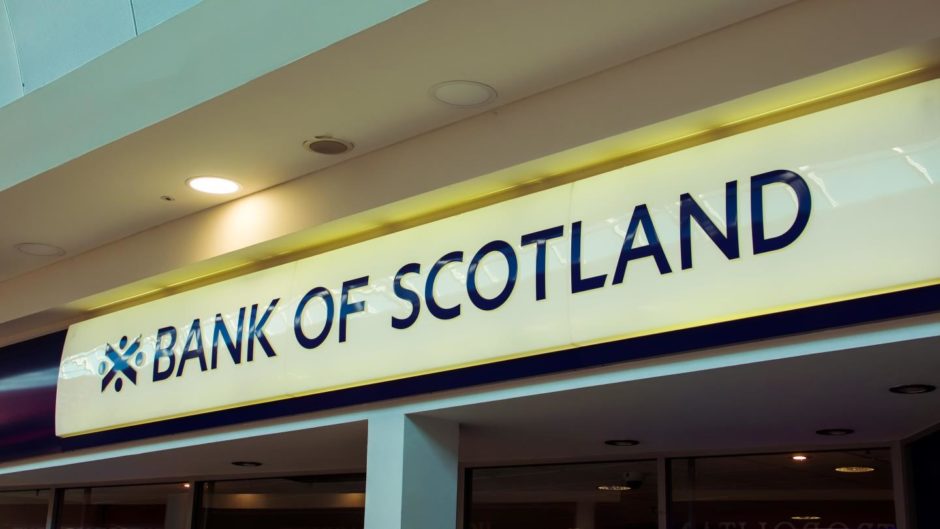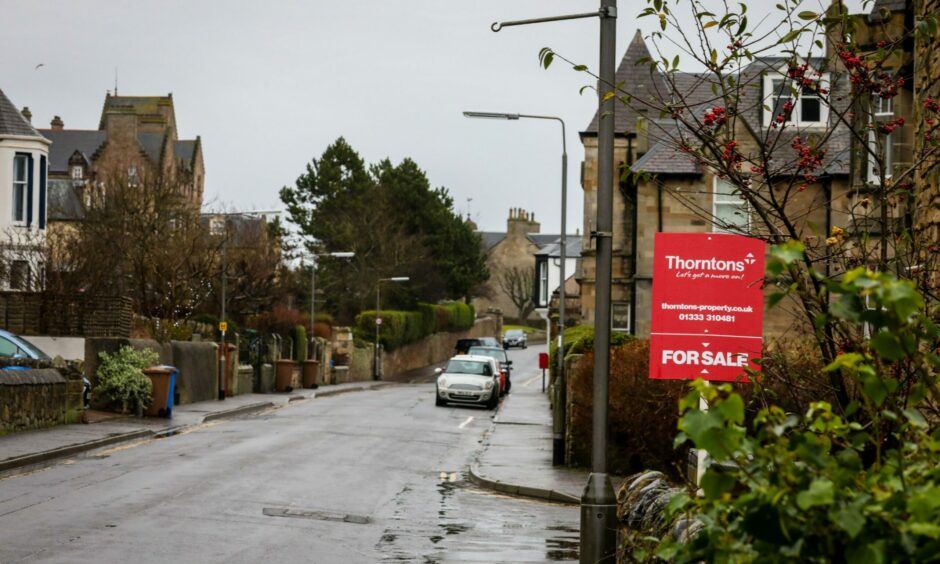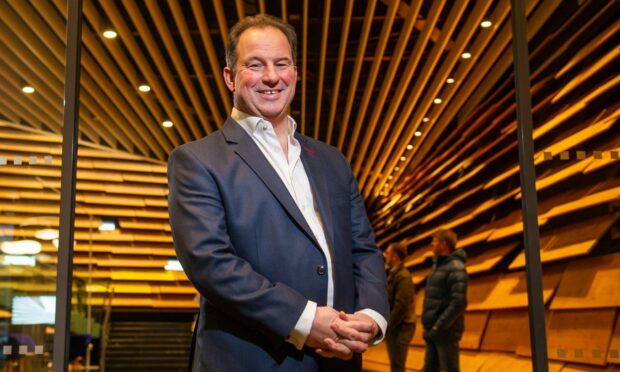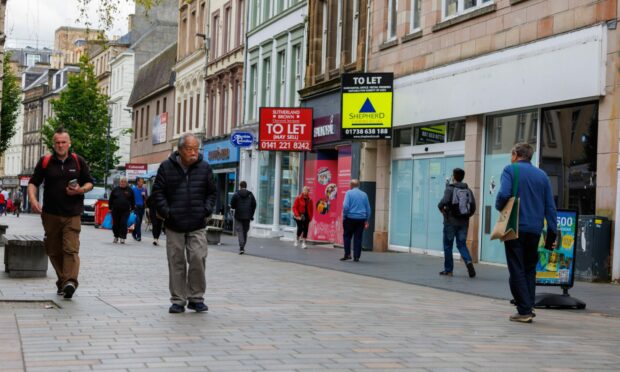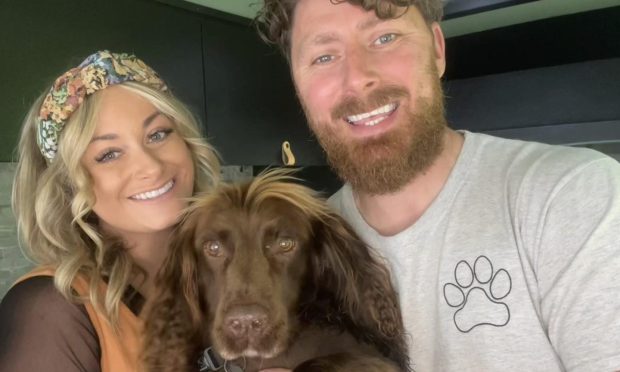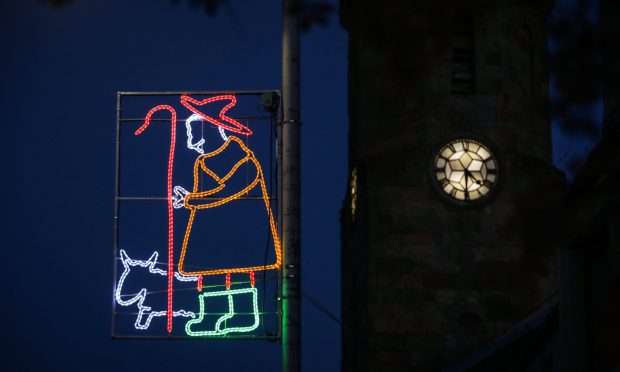House prices have risen sharply in both Dundee and Perth in the past 12 months, according to new research.
A study from Bank of Scotland showed house prices in Dundee rose more than 11% in the past year.
The average home in the city now costs £191,407, an increase of more than £19,000 from 2020.
Properties in Perth have increased by 12% – or over £23,000 – from £191,300 in 2020 to £214,310.
House prices on the up across Scotland
Across Scotland, house prices have risen 8.8% in the past 12 months, more than the UK average of 6.2%.
The average Scottish home now costs £207,778, an increase of £16,761 on 2020’s figure of £191,017.
Two Fife towns feature on the list of places with lowest growth in average house prices.
In Glenrothes, the average house price is now £151,945, up from £147,250 a year ago.
That is an increase of just 3.2%.
Average prices in Dunfermline have risen 4.9% in 2021, from 179,267 to 188,053.
Fife does boast the most expensive street in Tayside and Fife.
The Scores in St Andrews has an average selling price of almost £1.3 million.
‘A bumper year’ for Scottish house prices
Bank of Scotland mortgages director Graham Blair said: “Scottish house prices have enjoyed another bumper year, with growth outperforming the UK average
“Properties in almost every town are now worth more than 12 months ago.
“The feedback we’re getting from customers matches what we see in the data.”
Mr Blair said home working was beginning to have an influence on where people want to live.
Many towns within easy reach of cities experienced some of the biggest rises, including Paisley and Livingston.
“Prolonged working from home has influenced where people want to live and the type of property they want to own,” Mr Blair added.
“While our major cities continue to be attractive, with commuting now less of a priority, areas that offer more space and better affordability have experienced increasing demand from buyers.”
Edinburgh remains most expensive
In 2020, just two towns saw prices rise above the UK average, while this year there were 15.
Conversely, last year seven towns saw prices fall back, compared to just two this year.
The Bank of Scotland data showed Motherwell witnessed the highest percentage increase (17.3%).
It also had the largest increase in cash terms (£26,103).
The town was one of two, alongside Hamilton, in Scotland to be amongst the UK’s 20 biggest house price increases.
Edinburgh remains the most expensive place to buy in Scotland.
House prices in the capital are now at an average of £293,406, up £19,160 (+7.0%) on last year.
